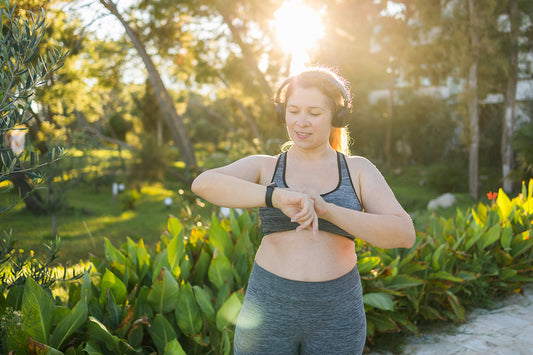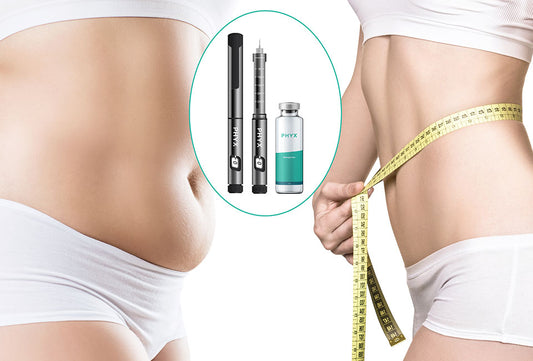How to Repair ACL Injuries Without Surgery and the Role of Peptides
Tearing your ACL (anterior cruciate ligament) is a devastating injury that can sideline athletes and fitness enthusiasts for months. While surgery is often recommended, non-surgical options, including rehabilitation and peptide therapy, are becoming increasingly popular. If you're exploring alternatives to surgery, this guide will help you understand how ACL injuries can be treated, the best exercises for recovery, and how peptides might play a crucial role in your healing process.
How Are ACL Injuries Treated Without Surgery?

ACL injuries are categorised based on severity:
- Grade 1: Mild ligament stretch.
- Grade 2: Partial tear.
- Grade 3: Complete rupture.
For Grades 1 and 2, non-surgical treatments are often sufficient. Here's a breakdown of common methods:
- Physical Therapy: This is the cornerstone of non-surgical ACL recovery. It involves progressive strengthening and flexibility exercises to restore function.
- Bracing and Rest: Braces can help stabilise the knee, allowing it to heal while protecting against further injury. Resting the knee from high-impact activities is also crucial.
- Peptide Therapy: Peptides such as BPC-157 and TB500 can speed up tissue repair and reduce inflammation, potentially enhancing recovery times for ACL injuries.
Best Exercises for ACL Recovery
If you're recovering without surgery, here are some exercises that can strengthen your knee and enhance stability:
- Quad Sets: Tightening the thigh muscles while keeping the knee straight.
- Heel Slides: Slowly bending your knee while sliding your heel towards your body.
- Straight Leg Raises: Keeping your leg straight while lifting it off the ground to engage the quads.
- Hamstring Curls: Strengthen the back of your thigh to support the knee.
- Step-Ups: Using a low platform to mimic the motion of stepping upstairs.
Always consult a physical therapist before attempting any exercise, as the wrong movements can worsen the injury.
Peptides for ACL Injury Recovery
What Are Peptides and How Do They Work?
Peptides are short chains of amino acids that act as signalling molecules in the body. They're not steroids, but they can have significant benefits for injury recovery, muscle growth, and anti-aging. Here are two popular peptides used in ACL recovery:
- BPC-157: Known as the "Body Protection Compound," BPC-157 has been shown to accelerate tissue healing and reduce inflammation. It's particularly useful for tendon and ligament injuries.
- TB500: This peptide regulates actin, a protein essential for muscle repair and regeneration. It helps in wound healing and improving flexibility in injured areas.
How Long Do Peptides Take to Work?
Peptide therapy typically shows results within 4 to 6 weeks, though individual recovery timelines can vary based on the severity of the injury and other factors such as adherence to physical therapy.
Potential Benefits of Peptides in ACL Recovery
- Faster Healing: Peptides like BPC-157 and TB500 work at the cellular level, helping repair ligaments faster than rest and physical therapy alone.
- Reduced Inflammation: These peptides have anti-inflammatory properties, which can reduce pain and swelling, making the recovery process more comfortable.
- Improved Flexibility: Peptides can help improve joint flexibility and overall range of motion post-injury.
Before and After Reviews: Peptides in Action
Many athletes and individuals recovering from ACL injuries report significant improvements with peptide therapy. For example:
- Before: An athlete with a partial ACL tear struggled with pain and stiffness for months, limiting their activity.
- After: After 8 weeks of BPC-157 and TB500, they experienced increased range of motion, reduced pain, and faster muscle recovery.
Peptide Sources, Dosage, and Administration
- Sources: Peptides can be found from reputable pharmacies or compounding labs, though it's crucial to ensure you're purchasing from a licensed provider.
- Administration: Peptides are typically administered via subcutaneous injections, which means they are injected just under the skin using a small needle.
-
Dosage Guidelines:
- BPC-157: 0.20-0.30 ml 5 days a week, injected near the injury site of subcutaneously.
- TB500: 0.20 ml for 14 Days (Loading Phase), Reduce to 0.10ml until finished
Side Effects
Peptides are generally well-tolerated, with few side effects. However, some users report headaches, nausea, or mild irritation at the injection site. Always consult with a healthcare professional before beginning any peptide regimen, especially if you have underlying health conditions.
Conclusion: Repairing ACL Injuries Without Surgery
ACL injuries are serious but don't always require surgery. With the right combination of physical therapy, proper exercise, and peptide therapy, you can accelerate your recovery and get back to your active lifestyle sooner than you might think. Always work closely with your healthcare provider to create a recovery plan tailored to your needs.
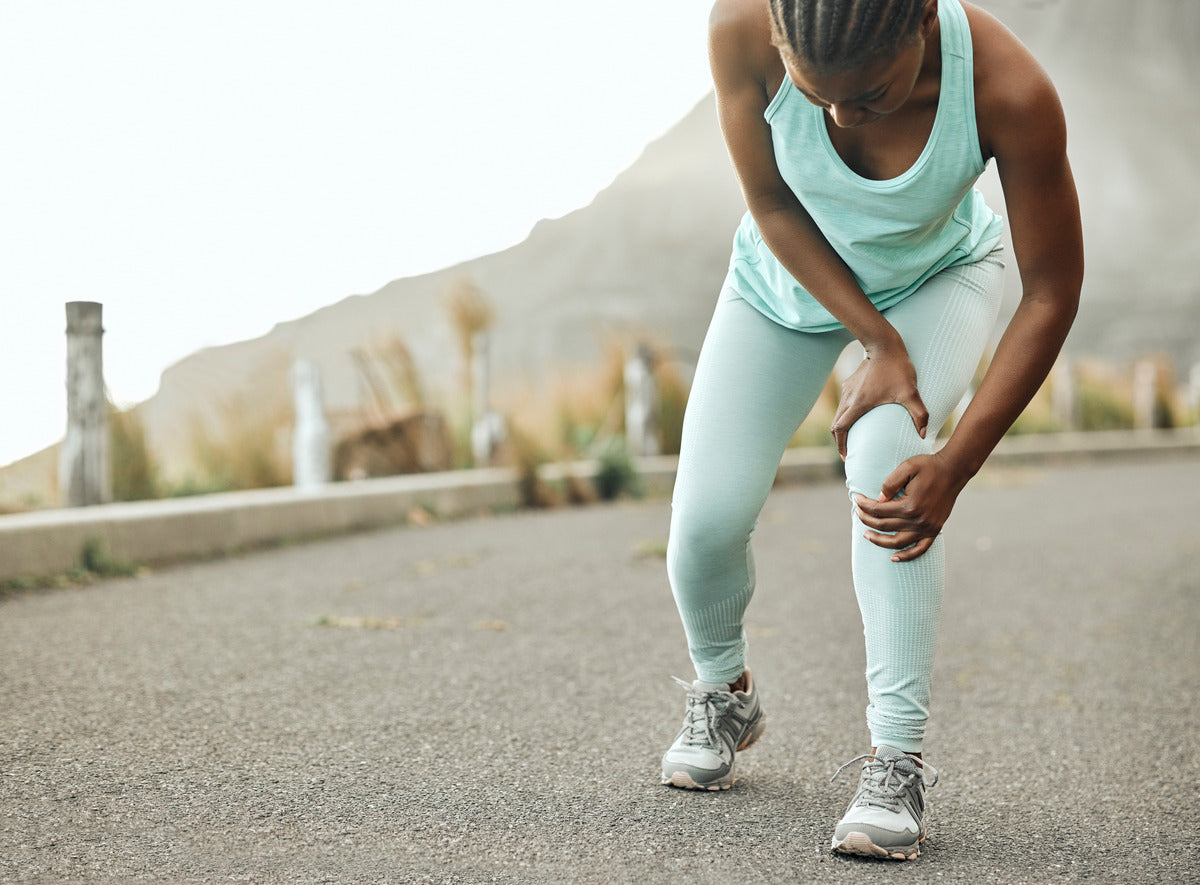
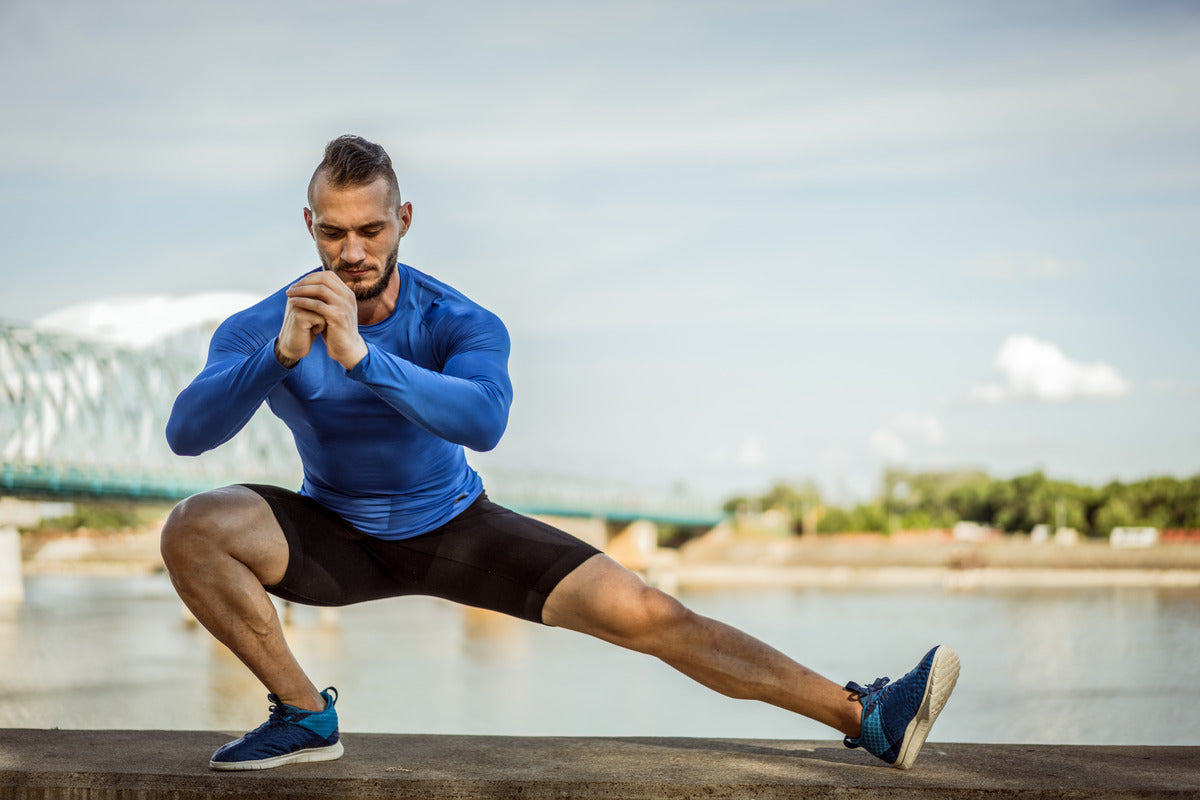
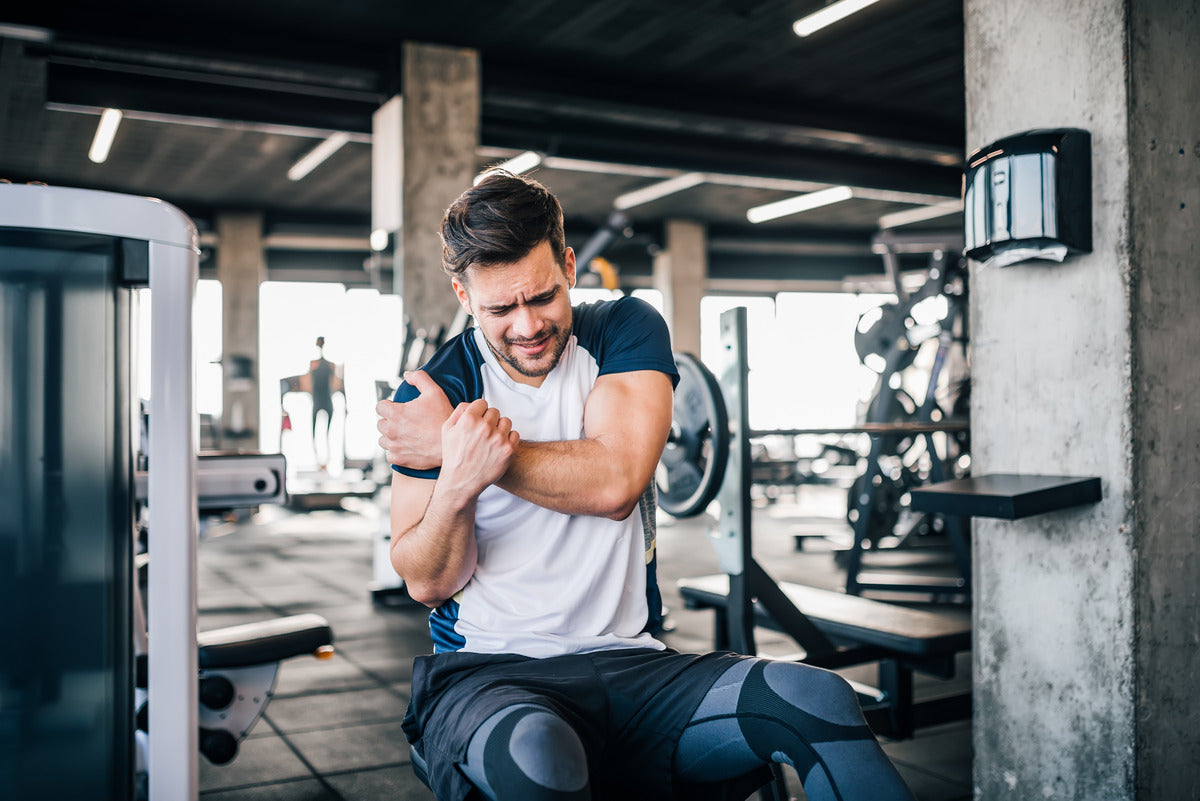
 is here! Shop now, pay later in 4 easy installments
is here! Shop now, pay later in 4 easy installments







